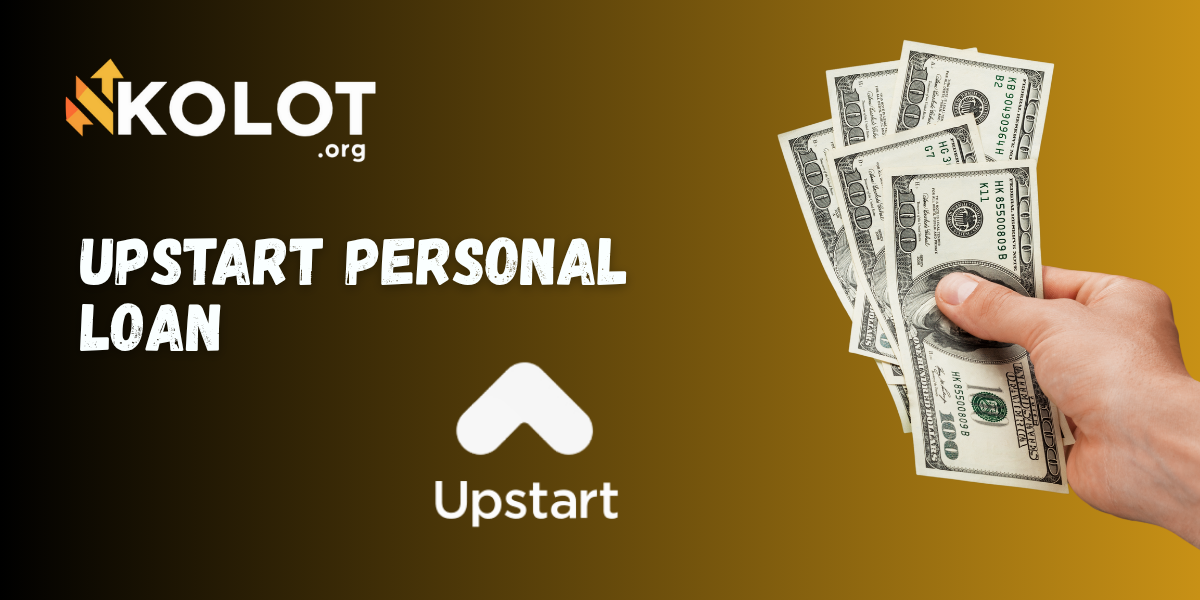
Investing has evolved beyond simple profit targets. Today, many individuals seek to channel their capital into enterprises that reflect their beliefs. ESG filters empower conscientious investors to craft portfolios that mirror their principles while pursuing financial growth.
Whether you’re new to sustainable finance or looking to refine your strategy, aligning your assets with environmental, social, and governance (ESG) criteria offers a path to both impactful and rewarding investments.
At its heart, ESG investing integrates nonfinancial factors into traditional analysis. It goes beyond revenue and earnings, examining:
These dimensions shine a light on risks and opportunities that conventional metrics might overlook. By evaluating companies through this broader lens, investors can anticipate regulatory shifts and societal expectations that impact long-term performance.
ESG filters act as customizable sieves. They allow you to:
These filters are available through brokerages, robo-advisors, and financial advisors. Methodologies vary across rating agencies, so it’s essential to understand how scores are determined before relying on them exclusively.
The surge in ESG assets over the past decade speaks volumes. According to the US SIF Foundation, as of 2022, sustainable investing assets in the United States reached $8.4 trillion. Globally, about one-third of total assets under management now incorporate ESG principles, with estimates around $4 trillion.
This exponential growth reflects a cultural shift toward responsible capitalism. A 2022 Northern Trust Institute survey revealed that 53% of high-net-worth investors deem ESG crucial to their decisions, rising to 78% among ultra-high-net-worth individuals holding $25 million to $50 million in assets.
Despite periodic outflows—ESG funds saw $8.6 billion in redemptions in Q1 2025—the long-term trajectory points upward as more investors demand accountability and impact.
Adopting ESG filters offers multiple advantages:
For example, the JUST U.S. Large Cap Diversified Index has delivered a 15.94% annualized return, surpassing the Russell 1000’s 14.76%. Moreover, sustainable funds typically exhibit lower drawdowns during market downturns, offering resilience when volatility spikes.
No strategy is without drawbacks. When implementing ESG filters, be mindful of:
Rigorous due diligence and diversified approaches can help mitigate these risks. Balancing negative screening with positive, thematic, or engagement strategies reduces concentration and ensures a dynamic portfolio.
Building a values-aligned portfolio is both an art and a science. Follow these steps:
By iterating on your strategy, you ensure your portfolio remains true to your evolving principles and adapts to market developments.
Consider an investor passionate about clean energy. By directing capital into solar and wind companies, they not only pursue growth but also help accelerate the world’s transition away from fossil fuels. Over time, their portfolio’s performance vindicates their choice, as renewable energy pioneers gain market share and regulatory support.
Another example: a family office prioritizing gender equity applies ESG filters to invest in firms with diverse leadership. They leverage shareholder resolutions to promote transparency in pay gaps. Their actions ripple through corporate boardrooms, encouraging broader adoption of inclusive policies.
Regulatory bodies worldwide are tightening disclosure requirements, while rating agencies refine methodologies. As standards converge, transparency will improve, reducing data gaps and greenwashing risks. Technological advancements in data analytics and artificial intelligence promise deeper insights into company practices.
Investors who master ESG filters today will be well-positioned when tomorrow’s sustainability mandates become universal. This alignment of values with capital not only fosters personal fulfilment but also contributes to a more equitable and resilient global economy.
Aligning investments with your values through ESG filters offers a powerful way to pursue financial goals while making a positive difference. From defining personal principles to selecting the right screening tools, each step builds a portfolio that resonates with your convictions.
Embrace the exciting frontier of sustainable finance. By applying clear, values-based criteria and staying engaged, you can drive meaningful change—one investment at a time.
References













